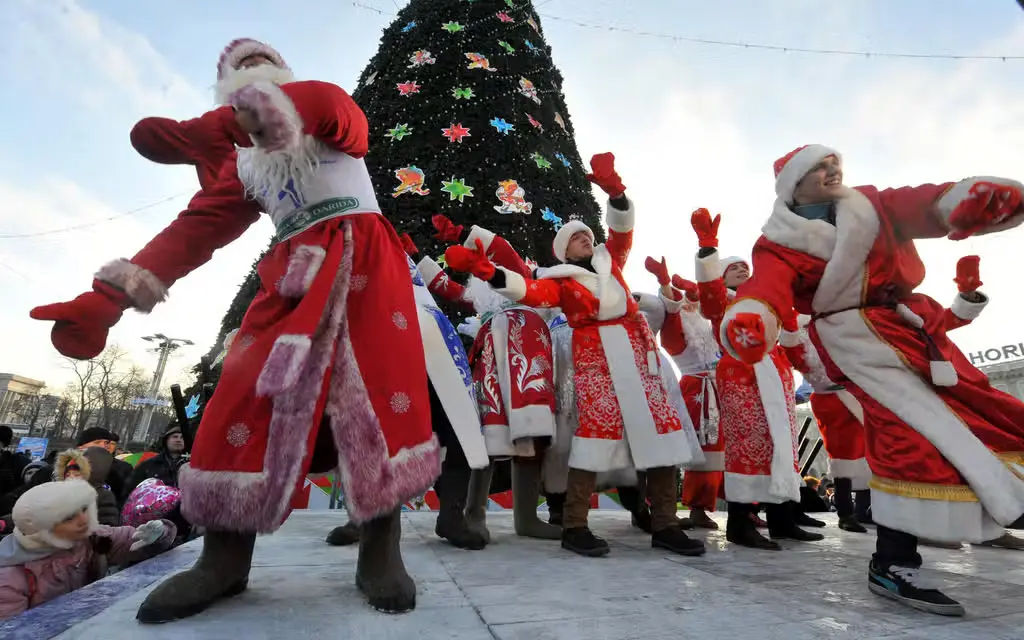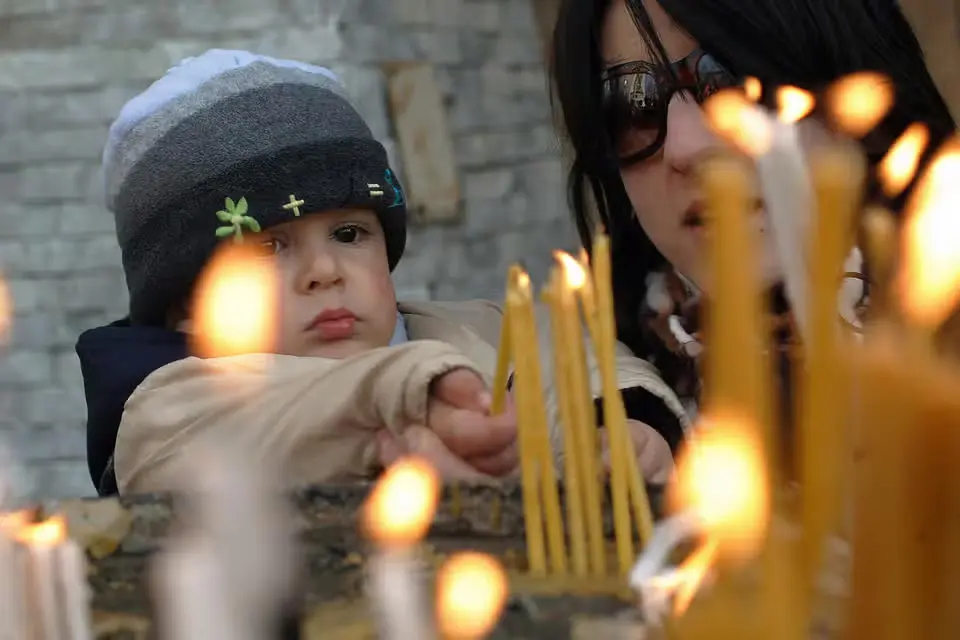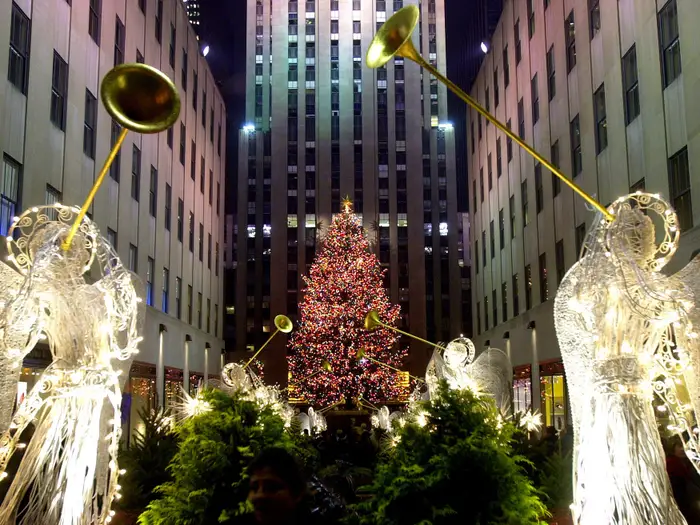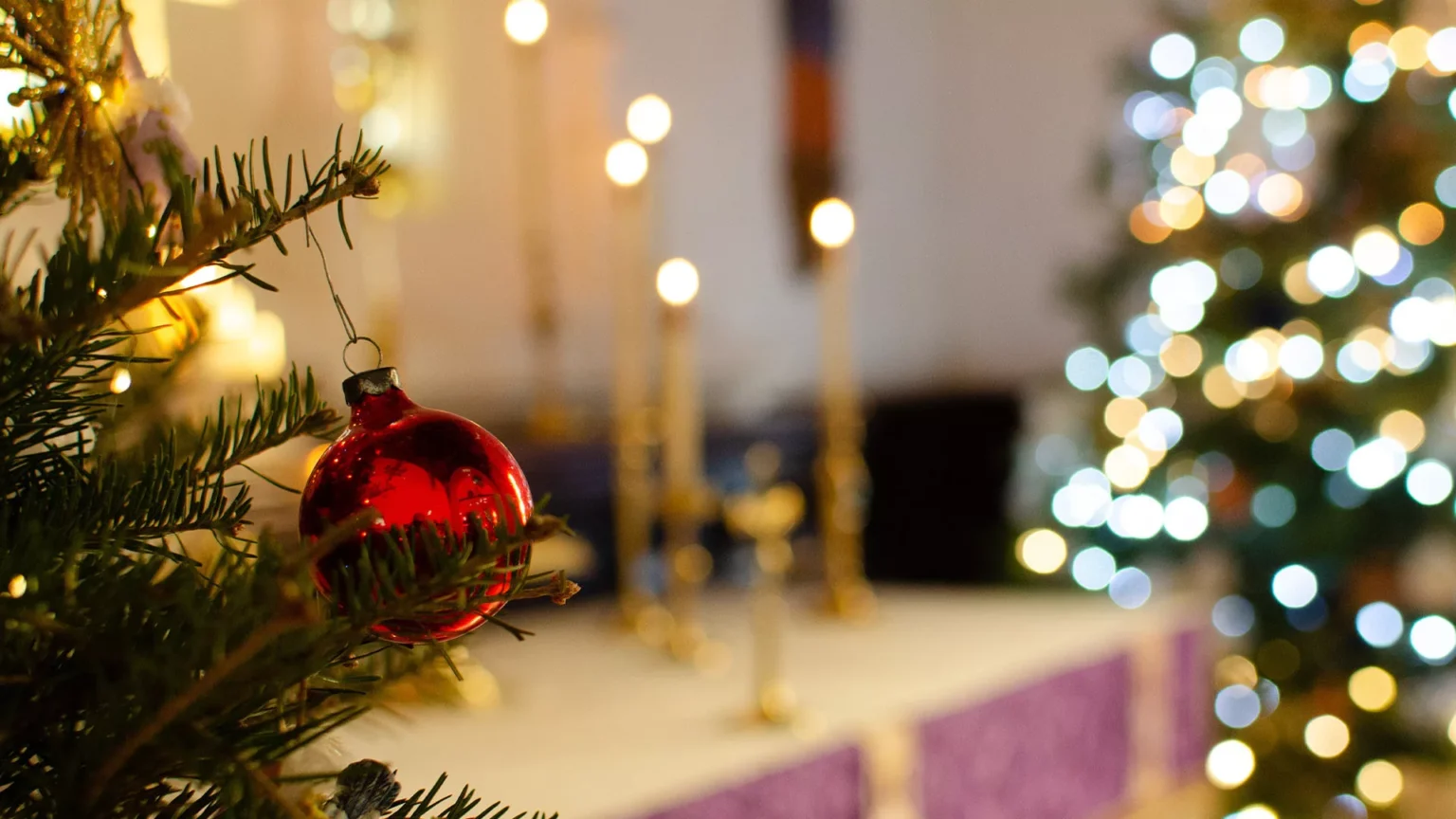Christmas is coming in 2 days but there are 12 percent of the world’s Christians waiting until January 7 to celebrate. Orthodox Christmas is celebrated by about 260 million people worldwide, both in majority-Orthodox nations in Eastern Europe, like Russia and Greece, and in communities in Ethiopia, Egypt, and elsewhere.
Marked by devout vigils and traditional feasts, the holiday traces its origins back to the centuries-old decision of Orthodox churches to split from the Catholic church and adhere to a calendar that differs from the one used by most of the world today. Here’s what you need to know.
Disagreements as to when to officially recognize the birth of Jesus Christ stretch back to A.D. 325 when a group of Christian bishops convened the religion’s first ecumenical conference—a gathering to rule on issues of religious doctrine.
One of the First Council of Nicaea’s most important agenda items was to standardize the date of the church’s most important holiday, Easter. To do so, they decided to base it on the Julian calendar, a solar calendar that Roman ruler Julius Caesar had adopted in 46 B.C. on the advice of Egyptian astronomer Sosigenes in an attempt to clean up Rome’s messy lunar calendar.

But Sosigenes’ calculations had an issue of their own: They overestimated the length of the solar year by about 11 minutes. As a result, the calendar and the solar year became increasingly out of sync as the centuries progressed.
By 1582, the dates of important Christian holidays had drifted so much that Pope Gregory XIII was concerned. He convened another group of astronomers and proposed a new calendar, known as the Gregorian calendar.

The new calendar solved several tricky issues that had accumulated over the years, and the majority of the Christian world adopted it.
But the Orthodox Church disagreed. During the Great Schism of 1054, it had split into its arm of Christianity after centuries of mounting political and doctrinal differences. Orthodox Christians do not recognize the Pope as the leader of the church, reject the concept of purgatory, and disagree over the origin of the Holy Spirit, among other differences.
Following Pope Gregory’s course correction would have meant accepting an occasional overlap between Passover and Easter—a move that went against the holy texts of Orthodox Christianity. So the Orthodox Church rejected the Gregorian calendar and continued to rely on the Julian calendar.

It stayed that way for centuries, and the calendar drift continued. By 1923, there was a 13-day difference between the two calendars, putting Orthodox Christmas 13 days after December 25.
That explains the existence of two Christmases—but how did Orthodox churches address their ongoing calendar crisis? In May 1923, a group of Orthodox leaders met to hash out the issue. Held in Constantinople, the Pan-Orthodox Congress brought together delegations from the churches of Constantinople, Cyprus, Greece, Romania, Russia, and Serbia.

The discussion was heated: Historian Aram Sarkisian writes that the Church of Russia had been pressured to adopt the Gregorian calendar by the Bolsheviks, who abandoned the Julian calendar shortly after the Russian Revolution began. Revising the calendar wasn’t just a matter of religion: To churches whose existence was threatened under the rule of Communism, a calendar adjustment was a matter of survival.
At the conference, Serbian scientist Milutin Milanković proposed a solution: a new version of the Julian calendar that shares its dates with the Gregorian calendar, though it doesn’t share every leap year. Known as the revised Julian calendar, it was adopted by several Orthodox churches, including the churches of Greece, Cyprus, and Romania. Those churches now celebrate Christmas on December 25.
But other Orthodox churches, like those of Russia and Egypt, refused. And still others, like Poland, adopted Milanković’s calendar, then dropped it later. They celebrate Christmas on January 7—until 2100, that is, when it will move to January 8 as the calendar continues to drift.
Today, Orthodox traditions differ depending on location, church branch, and local custom. But for many, Christmas is focused on devout religious celebrations. Traditionally, Orthodox Christians fast for up to 40 days leading up to Christmas, preparing for the birth of Christ by abstaining from meat, dairy, fish, wine, and olive oil. After a vigil on Christmas Eve, Christmas itself is celebrated as one of the Church’s 12 Great Feasts, with churchgoing and celebration at home.
Other traditions are as vibrant and varied as the places they originated. In Georgia, clergy and people in religious costumes parade through the streets, singing carols and walking toward the church. Called Alilo, the procession’s name is derived from that of a song traditionally sung by children on Christmas Eve as they go from door to door, collecting money and small gifts. That custom exists in other places, too, like Romania and Greece.
Food is paramount for Orthodox Christmas celebrations, and those traditions also vary by region. In Russia, for example, a wheat and rice porridge dish called kutya is eaten on Christmas Eve, often from a communal bowl symbolizing unity. The food is sometimes thrown up to the ceiling; if it sticks, the tradition goes, you’ll have good luck. Egyptian Copts break their fast with a bread-rice-and-meat dish called Fattah, and Ethiopian Orthodox Church members eat wat, a stew that often features chicken from a rooster that’s divided into 12 parts, symbolizing the 12 apostles, along with 12 eggs.
Will calendar confusion eventually lead more Orthodox Christians to choose another date for the celebrations? Perhaps. But until then, Christmas cheer—and all that delicious food—will have to wait in January for many members of the Orthodox Church.




